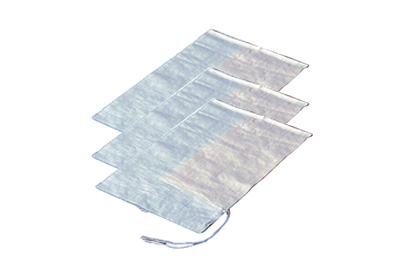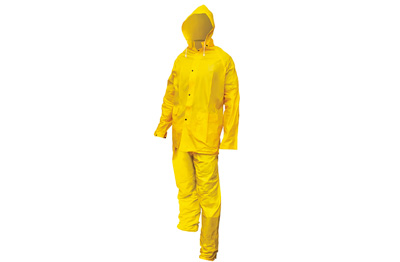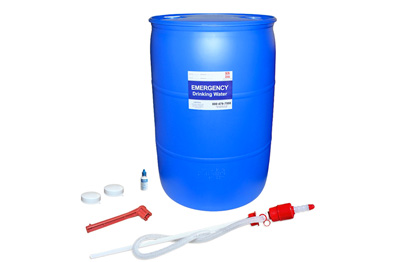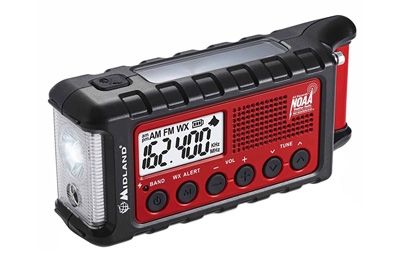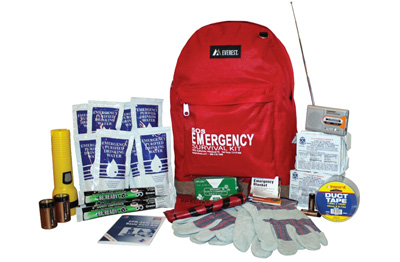
El Niño PreparationMonday, December 14, 2015 Every two to five years, El Niño – an irregularly occurring and complex series of climatic changes – occurs and causes unseasonable weather in many regions across North and South America. This year, the climate changes strike again, and the 2015 El Niño is expected to be among the strongest ever recorded. The 2015 U.S. Winter Outlook predicts wetter-than-average conditions and exceptional storminess across the southern United States and southeastern parts on Alaska, and dry conditions in Hawaii and in areas near the Great Lakes. The current drought in California and throughout parts of the Southwest and the Plains is expected to improve, however the drought in the Pacific Northwest and northern Rockies will likely continue. While not all the effects of El Niño are negative, it’s important to be prepared for the stronger and longer storms that can accompany the changing climate conditions. Whether you’re expecting wet or dry conditions, hotter or cooler temperatures, there are steps you can take to prepare your family and your home for this year’s El Niño. How to Prepare for El NiñoFix Your Leaks & Clear Your Gutters
Those who are in areas expecting rain, make sure to check for and fix all known leaks. If you have an older roof, consider calling in a roofer to check troubled spots, especially if you’ve recently experienced a hot and dry summer, as dry heat can cause wood structures to shrink and expand, creating possible leak points.
Additionally, make sure you clean and clear your gutters to prevent ice dams and avoid water damage to your home.
Be Prepared to EvacuateEl Niño storms can move fast, and sometimes the best course of action is to evacuate. If your car has not been inspected recently, make sure your headlights and windshield wipers work, your tires, brakes and brake pads are still in shape, and that your battery isn’t too old – most car batteries only last 5 to 7 years. Prepare Easily Accessible Emergency BoxesYour home, car and office should each have their own easily accessible emergency supply box. These boxes should (at least) include basic first aid supplies, an emergency food and water supply, a battery powered radio and extra batteries, and backups of any prescription and OTC medication you need regularly. Plan Ahead for DroughtsIf you’re in an area that’s expecting to receive dry conditions or above average temperatures, you should start practicing water conservations efforts today and learn how to recognize heat-related health emergencies like heat exhaustion and heat stroke. Rain collection barrels are perfect for homes that are in areas that frequently experience droughts! Be prepared for shortages of certain foods, adhere to water bans and restrictions, and be mindful of burn bans, as wildfires can easily be started by accident during dry times. Get the Right GearPonchos make working in the rain bearable, bright neon jackets make working in the rain safer, and high quality brooms and shovels make the storm cleanup process easier. Keep up with the changing weather conditions in your area and purchase the weather supplies that make the most sense for your family and your area. If you expect snow, make sure you’re ready to clean up with a snow shovel. If you’re expecting rain for weeks, invest in a pair of rain boots and a rain jacket. |





